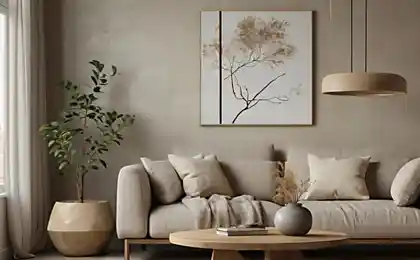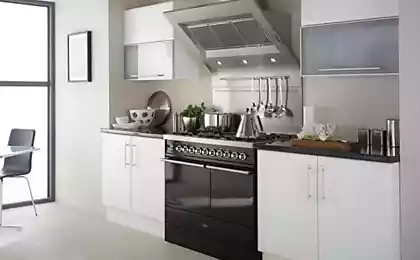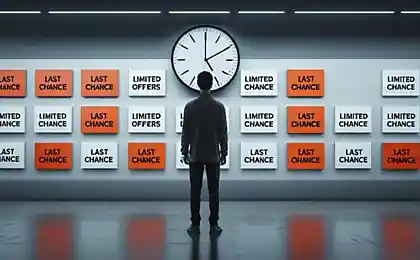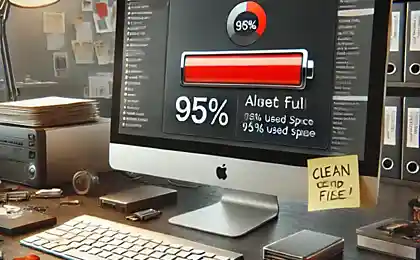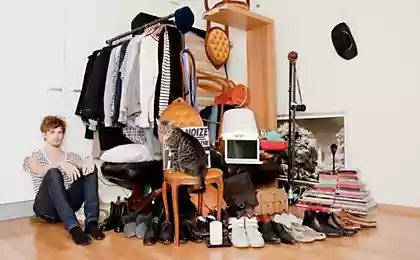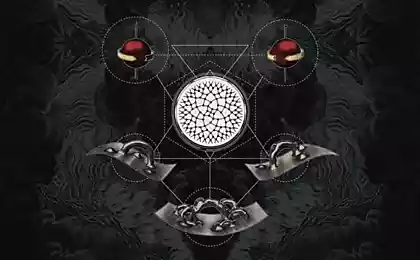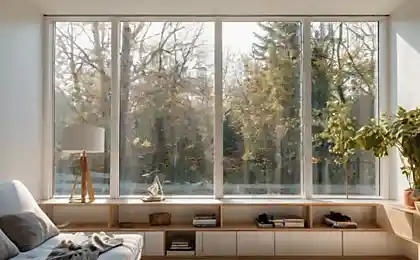342
11 Signs You Have Too Many Things and It’s Time to Take Them Down

Lack of order is not always a reflection of laziness – sometimes it’s a sign that it’s time to get rid of things that have accumulated too much. In today’s consumer society, we are constantly buying new items, often without thinking about whether we really need them. The result is overcrowded cabinets, cluttered surfaces and a constant sense of clutter, even after cleaning.
Research in the field of space psychology shows that excess of things negatively affects not only the appearance of our home, but also our psychological state. According to New York University, people living in crowded spaces show elevated levels of cortisol (the stress hormone) and are more likely to suffer from anxiety.
How do we know that the number of objects around us has passed the critical mark and it is time to take decisive action? Here are 11 signs that indicate an excess of things in your home.
1. Constant struggle with disorder
If you regularly restore order, but after a day or two everything returns to normal, the problem may not be in your organization, but in the number of things. When items become too much, even well-designed storage systems stop working efficiently.
Research from the Princeton Neuroscience Institute found that visible clutter competes for our attention with the task we try to focus on, significantly reducing productivity and increasing fatigue.
2. Difficulties in finding the right items
Do you regularly spend precious minutes or even hours searching for important documents, keys or other essential items? When useful things are lost among the many unnecessary things, even the most perfect system of organizing space will not be able to help.
3. Duplicate items
Finding several identical or similar objects is a clear sign of an excess of things. Whether you have three bottle openers, five corkscrews, or a collection of nearly identical black T-shirts, it’s time to consider rationalizing the property.
The “one function” rule
Keep only one quality item for each function. Exceptions are only things that are used very often or by several family members at the same time.
4. Availability of “temporary” storage areas
The appearance of “temporary” stacks of things on chairs, tables and other surfaces signals that conventional storage spaces are overcrowded. When such “temporary” decisions become permanent, it’s a sure sign that things are too much.
5. Lockers and drawers are not closed completely.

If the doors of cabinets do not close properly, and the drawers are jammed when trying to close them - this is a clear proof of congestion of storage facilities. This situation is not only unaesthetic, but also potentially dangerous, as it can lead to furniture damage or injuries.
6. Emotional stress when thinking about cleaning
Feeling overwhelmed or anxious at the thought of having to sort things out is a psychological sign that their number exceeds your ability to organize space. According to a study by psychologists from the University of California, Los Angeles families experiencing chronic stress associated with excess property showed increased levels of anxiety and depression.
Practical advice: Start small. Allocate only 15 minutes a day to disassemble one small area. Regularity matters more than duration.
7. Unused items take up valuable space
Items that you haven’t used for more than a year probably don’t need. Seasonal exceptions (such as ski equipment or beach accessories) should be stored separately without taking up space in everyday areas.
Space specialists recommend applying the 80/20 rule, according to which we regularly use only 20% of what we have. The remaining 80% are not involved in everyday life.
8. Acquiring duplicates due to forgetfulness
If you often buy things that you already have, simply because you forgot about their existence or can not find them, this is a serious signal of an overabundance of items in the house.
Method of inventory
Make a list of items and the number of items in your home. For example: “Kitchen knives – 12 pieces” or “Couples of shoes – 24 pieces”. Visualizing the real number of objects helps to understand the scale of the problem.
9. "Storage boxes" have become a problem
Paradoxically, when organizational decisions (boxes, containers, storage systems) themselves become a source of clutter, it’s a sign that you’re fighting the symptoms, not the cause. Storing things you don't need, even in the most elegant containers, doesn't solve the underlying problem.
10. Exclusion zones
Are there rooms or areas in your home that you try not to go into or that you never show to guests because of the constant mess? These exclusion zones are a clear sign that things are out of control.
“Our homes should be a place of rest and recovery, not a source of constant stress and guilt. When the space around us is organized and contains only really valuable objects, we gain mental freedom and clarity of thought. – Marie Kondo
11. Storage costs exceed the cost of things
Whether you’re renting additional storage space or regularly investing in complex systems in an organization, it’s worth asking yourself whether the cost of storage outweighs the value of the items themselves. According to statistics, more than 50% of items placed in paid storage are never used by their owners.

Practical steps to get rid of excess things
Once you realize that there are too many things, you should start a systematic process of getting rid of excess.
- Start with the “one subject per day” method. Get rid of at least one unnecessary thing every day. This will allow you to remove 365 items from your home.
- Apply the “reverse hanger rule” Hang everything in the closet with hooks in the opposite direction. After using and washing, return them to the place correctly. After six months, you will clearly see what wardrobe items remained intact.
- Use the Four Box Method When analyzing any space, sort things into categories: “leave”, “throw away”, “donate / sell”, “solve later”. The "decid later" box should be the smallest.
- Photograph sentimental objects before getting rid of them. Often, emotional value is associated with memories that can be stored digitally.
- Establish a moratorium on new purchases 30-90 days to break the consumption cycle and reassess your real needs.
Conclusion
The excess of things is a common problem of modern consumer society, which negatively affects not only the aesthetics of our home, but also psychological well-being. By recognizing the signs of an overabundance of objects in your home, you take the first step towards creating a more functional, calm and harmonious space.
Remember that the process of getting rid of excess is not a one-time action, but a lifestyle that requires constant attention and conscious decisions about what really deserves a place in your home and your life.
The release of material ballast often leads to feelings of emotional lightness and opens the way to more conscious consumption in the future.
Glossary
Minimalism
Philosophy and way of life based on the conscious reduction of material goods to the necessary minimum in order to free up time and resources for the really important aspects of life.
Kondo Method
The system of organizing space, developed by Japanese consultant Marie Kondo, is based on the principle of preserving only those things that “cause joy.”
Psychology of space
A field in psychology that studies the relationship between a person’s physical environment and his psychological state, including the impact of living space organization on emotional well-being.
Conscious consumption
An approach to purchasing goods and services based on a careful analysis of the real needs and consequences of purchases for personal well-being, society and the environment.
The Diderot Effect
Named after the French philosopher Denis Diderot, this effect describes a situation where the acquisition of a new item leads to a chain reaction of additional purchases to maintain uniformity or style.
Sentimental things
Objects retained not because of their practical utility but because of emotional or symbolic value associated with personal memories or relationships.
